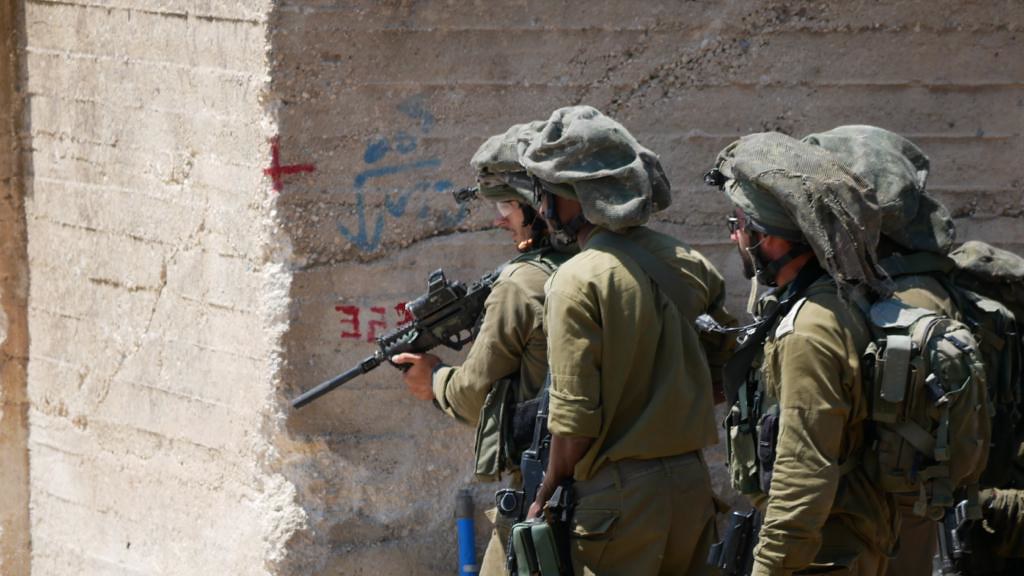Tag: Kafr Qaddum
-
Report on the weekly protests in Kafr Qaddum
The Palestinian village of Kafr Qaddum is located 13 kilometres west of Nablus and has a population of roughly 4300 citizens. Eleven thousand dunams of the village’s land (roughly 52% of the total area) are part of area C, under full control of the Israeli Occupation Forces. Saqerobeed, the former mayor of the village told…
-
Israeli human rights group proves military used live fire to shoot 9-year-old child in West Bank town
July 19 2019 | International Solidarity Movement | Kafr Qaddum, occupied Palestine An Israeli human rights group has proved that live fire was used by soldiers against the 9-year-old child who was shot in the head last Friday in Kafr Qaddum, exposing Israeli Military lies that none was used. The report by B’Tselem, published yesterday,…



